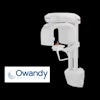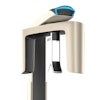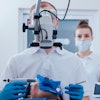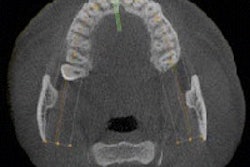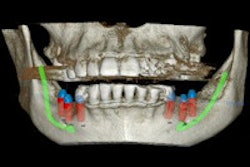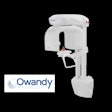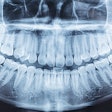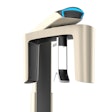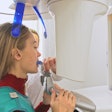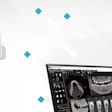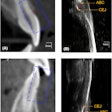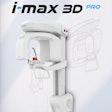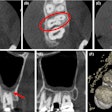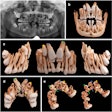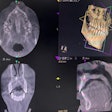Dear Imaging and CAD/CAM Insider,
It has been difficult for practitioners to determine if the necessary skeletal changes have taken place after corrective jaw surgery for facial deformities. A study in PLOS One found that a new method of radiographic measurement using 3D images to assess the maxillomandibular changes after surgery may offer a solution to this issue. Read more in our Insider Exclusive.
Growth in the cone-beam CT segment by far outstrips sales in other dental x-ray segments and almost all other medical imaging modalities in terms of unit growth globally, according to a new report by IHS Medical Technology. Read more here.
A researcher in the U.K. has developed a headset that uses 3D virtual reality technology to help oral and maxillofacial surgical trainees to perform complex medical procedures. Yeshwanth Pulijala, BDS, a researcher and doctoral student at the University of Huddersfield in West Yorkshire, England, is using virtual reality technology to provide accurate graphical visualizations of human anatomy and surgical procedures using the headset. Read more here.
A new 3D holographic scanner for intraoral modeling can reduce the time it takes to fit dentures, according to Israeli researchers. "The process of fitting dentures hasn't significantly changed in the last 100 years," stated Dr. Anat Sharon, director of the Maxillofacial Prosthetics Clinic at Hadassah Medical Center, in a press release. "It is such a long process that most dental clinics simply refuse to carry out the procedure." Read more here.
Digital dentistry tools significantly reduce treatment planning time and also improve treatment accuracy, according to a lecture at the recent Academy of General Dentistry meeting that covered cone-beam CT, intraoral scanners, and CAD/CAM restorations. Read Assistant Editor Theresa Pablos' article here.
